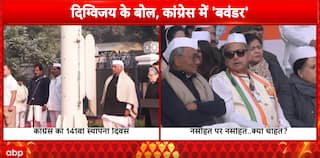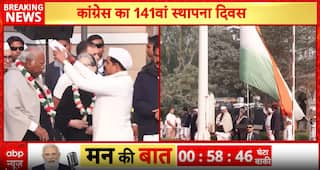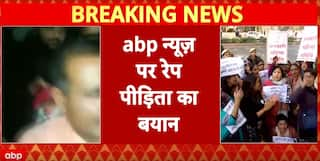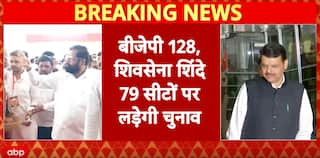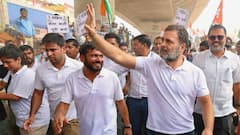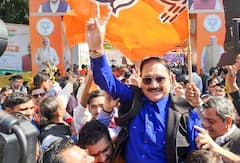Lok Sabha Vs Vidhan Sabha Elections: What's The Difference?
In India, the Lok Sabha and each Vidhan Sabha elections are held using a first-past-the-post voting method.

Elections are the most visible representation of the democratic process. In India, the Lok Sabha and each Vidhan Sabha elections are held using a first-past-the-post voting method. In this system, the candidate with the highest numbers of votes in a constituency is elected.
The Constitution defines India's parliamentary system, in which powers are divided between the central and the states government respectively. The President is the country's head and the commander-in-chief of all defence forces. The Prime Minister, on the other hand, is the head of the political party or coalition that won a majority in the national general assembly elections. He or she leads the executive branch of the Indian government. He also serves as the President of India's main adviser and chairman of the Union Cabinet Ministers.
India is divided into states and union territories. Each state has a Chief Minister, who is the head of the party or political coalition that received the most votes in the regional or state legislative assembly polls.
Lok Sabha Elections
The Lok Sabha is made up of elected MPs. The MPs are elected directly, using adult suffrage. Universal adult franchise, also known as universal adult suffrage, assures that all adult citizens in the country have the right to vote without regard to caste, colour, creed, or religion. It allows all citizens to participate in the government of the state.
The Constitution provides for a maximum House strength of 552. This comprise up to 530 members representing the states and 20 members representing the union territories. The president nominates two members belonging to the Anglo-Indian community's.
The total number of elected seats across the states is apportioned in such a way that the proportion between the number of seats assigned to each state and its population is almost same across all states.
Members of India's Lok Sabha, or lower house of Parliament, are elected directly by popular vote.
Members of Parliament are elected candidates who serve for a five-year term or until the body is dissolved by the President on the suggestion of the council of ministers.
A party need 272 MPs to establish the Central Government; if a party does not have enough MPs on its own, it can work with other parties to form the government.
The leader of the party or coalition takes oath as Prime Minister.
Vidhan Sabha Elections
Assembly elections in India are held at the state level to determine the makeup of state legislative assembly. India, a federal country, is divided into 28 states and 8 union territories, each with its own legislative assembly. These elections are held on a regular basis, generally once every five years, unless the legislature is dissolved prematurely.
One of the main objectives of the Vidhan Sabha elections is their focus on regional issues, governance, and state-related development. Political parties formulate their campaign to highlight regional issues and aspirations of the state population.
These issues might vary from agricultural policy in agrarian areas like Haryana, industrial growth in Maharashtra, or regional autonomy in states like Assam, Jammu, and Kashmir.
Assembly elections involve not only electing MLAs, but also selecting a government to manage the state's administration. The results have a direct influence on state policy, development efforts, and general governance within that state.





